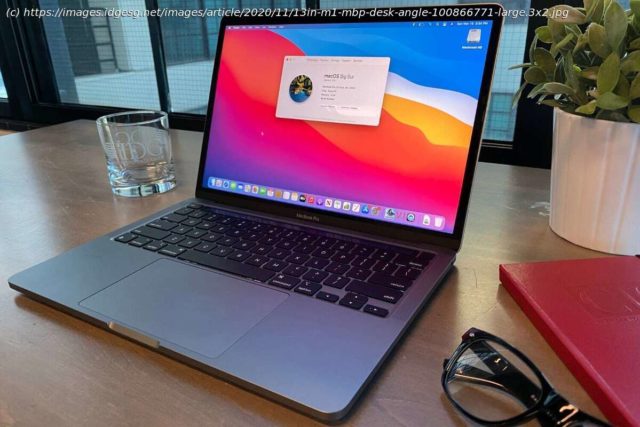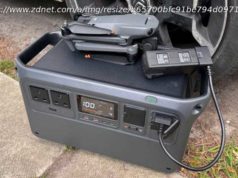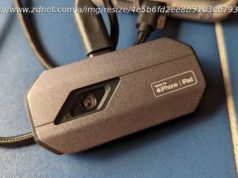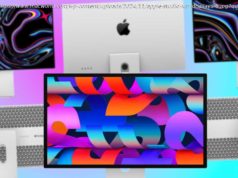Apple has changed the way RAM is used in a computer. And it’s time to change our thinking.
The first Macs powered by Apple-designed processors are finally here. And from the outside, they’re almost dead ringers for the Intel-based Macs they’re replacing. But on the inside, they’re not like other computers. Apple has brought its approach to system design, learned through years of iteration on the iPhone and iPad, to the Mac for the first time. Those of us who are used to thinking of personal computers in certain terms are going to need to adjust to this new reality. It’s a world in which Apple sells three different Mac models without even disclosing the clock speed of the processor inside. (It doesn’t do it for the iPhone or iPad, after all.) But perhaps the item on the spec sheet that will require the biggest diversion from the old way of thinking is system memory. It’s a feature that’s already frequently misunderstood (and frequently confused with storage size), and now Macs with Apple silicon are using it in an entirely different way. The old way of thinking of RAM is dead. Welcome to the world of the Unified Memory Architecture. Like Intel chips with integrated graphics, the M1 chip includes a graphics processor, and system memory is shared by both processor cores and graphics cores. (And also, in the M1’s case, the cores that make up the Neural Engine.) But in shifting its terminology to describe a unified memory architecture, Apple’s trying to point out that the M1’s approach is a bit different. The biggest difference is that in the M1, the memory is a part of the M1 architecture itself. There’s no memory slot or slots on the motherboard of an M1 Mac, nor is there an area where a memory chip has been permanently soldered on. Instead, the memory is integrated into the same package that contains the M1 itself. What this means is that when you buy an M1-based Mac and choose a memory configuration, that’s it. There have been many other Macs with soldered-on memory that couldn’t be upgraded, but this is a little different, since the memory is basically part of the M1 package itself. The first round of Apple silicon Macs, which include the Mac mini, can have a maximum of 16GB of memory.






